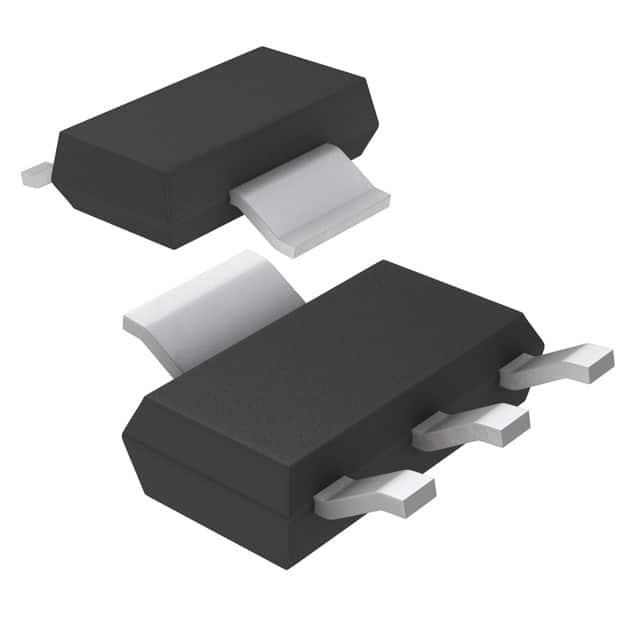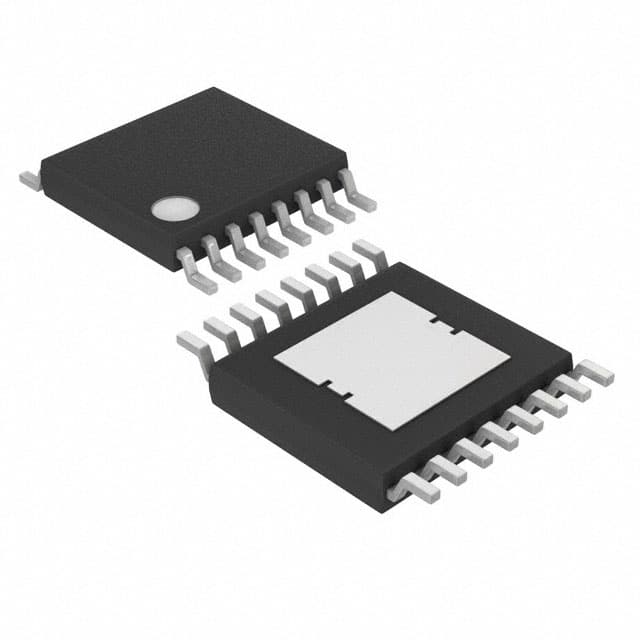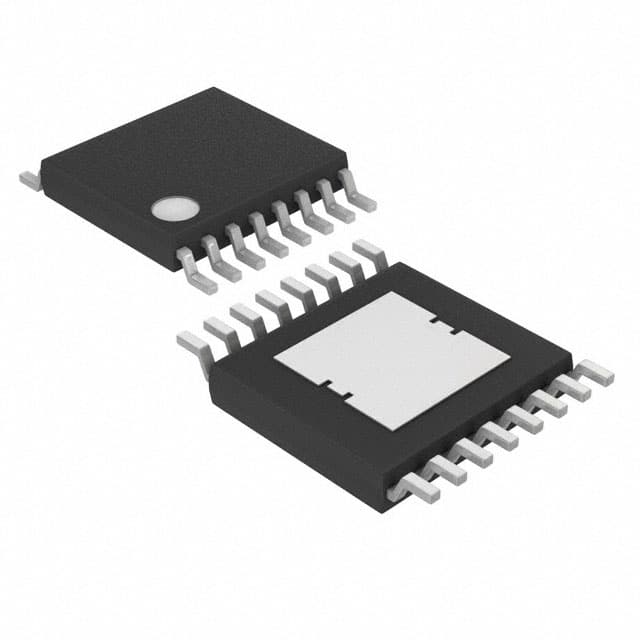MAX666ESA+T Product Introduction:
Maxim Integrated Part Number MAX666ESA+T(PMIC - Voltage Regulators - Linear), developed and manufactured by Maxim Integrated, distributed globally by Jinftry. We distribute various electronic components from world-renowned brands and provide one-stop services, making us a trusted global electronic component distributor.
MAX666ESA+T is one of the part numbers distributed by Jinftry, and you can learn about its specifications/configurations, package/case, Datasheet, and other information here. Electronic components are affected by supply and demand, and prices fluctuate frequently. If you have a demand, please do not hesitate to send us an RFQ or email us immediately sales@jinftry.com Please inquire about the real-time unit price, Data Code, Lead time, payment terms, and any other information you would like to know. We will do our best to provide you with a quotation and reply as soon as possible.
Introducing the Maxim Integrated MAX666ESA+T, a versatile and high-performance temperature sensor and controller designed to meet the needs of various applications. With its advanced features and reliable performance, this product is a must-have for engineers and designers seeking precise temperature control.
The MAX666ESA+T offers a wide temperature measurement range from -55°C to +125°C, ensuring accurate readings in both extreme cold and hot environments. Its high accuracy of ±1°C ensures precise temperature control, making it ideal for applications that require tight temperature regulation.
Equipped with a digital output, this temperature sensor and controller provides easy integration with microcontrollers and other digital systems. Its low power consumption and small form factor make it suitable for battery-powered devices and space-constrained applications.
The MAX666ESA+T is highly versatile and can be used in a wide range of fields. It is particularly well-suited for industrial automation, HVAC systems, medical equipment, and automotive applications. Whether you need to monitor and control temperature in a manufacturing process, maintain optimal temperature in a building, or ensure the safety and reliability of medical devices, this product has got you covered.
In summary, the Maxim Integrated MAX666ESA+T is a feature-rich and reliable temperature sensor and controller that offers precise temperature measurement and control. Its versatility and high-performance make it an excellent choice for a wide range of applications in various industries.
Voltage Regulators-Linear is an electronic device used to convert an unstable DC voltage into a stable DC voltage. It regulates the voltage through an active component (such as a transistor or field effect tube) and a feedback network to ensure that the output voltage remains constant within a certain range. Linear regulators usually operate under low input voltage changes and load changes, and are able to provide a very clean and smooth output voltage.
Application
Voltage Regulators-Linear has a wide range of applications, covering almost all electronic devices requiring a stable DC power supply. In the field of consumer electronics, linear voltage regulators are widely used in mobile phones, tablets, laptops and other portable devices to provide stable voltage support for core components such as processors, memory and display screens. In the field of industrial automation and instrumentation, linear voltage regulators are often used in precision measuring instruments, sensor signal processing and other occasions because of their low noise and high precision characteristics. In addition, linear regulators also play an indispensable role in areas such as medical equipment, aerospace, and automotive electronics, where the quality of the power supply is extremely high. For example, in medical equipment, linear regulators ensure the power stability of devices such as pacemakers and monitors, ensuring the safety of patients.
FAQ about PMIC - Voltage Regulators - Linear
-
1. What problems will linear regulators bring to the circuit?
The problems that linear regulators bring to the circuit mainly include low efficiency and a lot of heat.
Linear The main working principle of the voltage regulator is to control the output voltage of the transistor through a current amplifier to keep the output voltage stable. This working mode causes the linear regulator to control the regulating tube through a differential voltage when adjusting the output voltage. The control tube needs to absorb part of the input voltage, which makes the efficiency of the linear regulator relatively low. In practical applications, this means that the linear regulator will convert the difference between the input voltage and the output voltage into heat energy, causing serious heating of the device, especially when the input and output voltage difference is large, this power loss will further increase, causing the device to heat up.
-
2. When should a linear regulator be used instead of a switching regulator?
In low-power and low-frequency application scenarios, a linear regulator should be used instead of a switching regulator.
Linear regulator Suitable for low-power and low-frequency applications, with simple circuit structure, low noise and good stability. They control the output voltage of the transistor through a current amplifier to keep the output voltage stable. This working mode makes linear regulators perform well in low-power and low-frequency applications, although they are less efficient and generate more heat, and their application range is limited. In contrast, switching regulators use high-frequency pulse modulation technology to convert input voltage into a stable output voltage. They have the advantages of high efficiency, small size and fast response, and are suitable for high-power and high-frequency applications. Therefore, when the application requirements are not the main considerations for circuit complexity and cost, but have high requirements for the stability and
-
3. Can a linear regulator be up?
Linear regulators cannot be boost.
The main function of a linear regulator is to stabilize the output voltage, protecting the electrical equipment from high or unstable voltage effects. It realizes a stable output voltage by adjusting the gap between the output voltage and the input voltage, but this process is limited to lowering the voltage, not including the voltage. The working principle of a linear regulator is to regulate the voltage by converting excess voltage into heat loss, thereby realizing the voltage regulation. This feature determines that it does not have the voltage function.
 Lead free / RoHS Compliant
Lead free / RoHS Compliant































